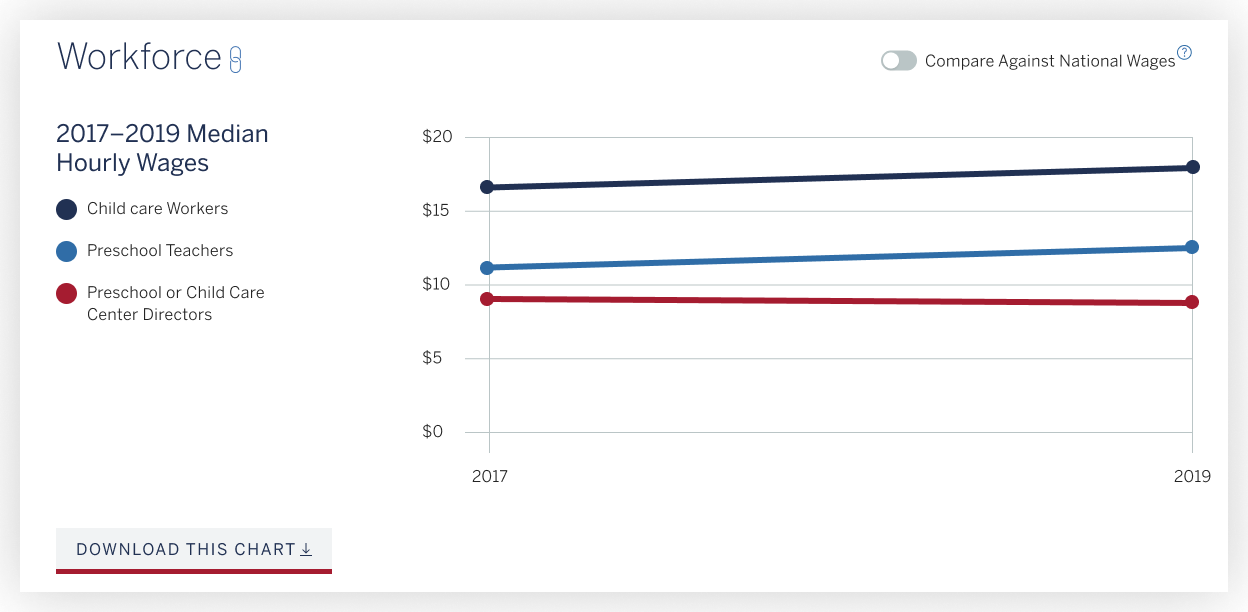Harvard University Graduate School of Education
To help professionalize the often overlooked and underfunded world of early childhood education policy, Harvard University’s Graduate School of Education sought to create a first-of-its-kind policy database.
By leading a series of on-site workshops at Harvard, we quickly came up to speed on the central challenge. Due to a lack of federal funding, the early childhood education field is under-professionalized - meaning that there is little professional infrastructure or industry-level analysis of the early childhood education landscape. Without this vital summary, policymakers and advocates struggle to fight for improved early childhood education, as they have little introductory material to make a case for government investment.
To create a central hub for research into how policymakers have impacted early childhood education, we began developing what would become the Zaentz Navigator. However, how could we introduce an audience to a type of information they’ve never seen before? There is no alternative to this tool, meaning that users would be unfamiliar with connecting the dots between different policy decisions and the realities of early childhood education.
Defining a New Experience
In order for this project to be successful, we needed users to feel confident submitting search queries even when they aren’t familiar with what the results could be. It’s a simple question: how do you search for something you don’t know exists?
To solve this, I developed the idea of a MadLib-style introductory experience that would allow users to create a search query in the form of a sentence. By using dropdown filters to build your query, users could start to build an understanding of the purpose of the tool, as well as the available filtering options.
Helping Users Structure Queries
While the “sentence-builder” described above was designed to support new users as they come up to speed on how the Zaentz Navigator works, we also wanted to create an infrastructure that enabled future power users to submit more complex queries. To support this use-case in the initial launch, we chose a simple but functional approach that allowed users to expand upon the filter options available within the sentence-builder with an additional level of filtering with a more conventional UI.
Meeting the Needs of the Power User
In addition to organizing policy data, we also wanted to showcase demographic data about different state and city populations to help provide context on the factors that shaped a particular policy or its outcome. While we developed dedicated pages for this type or data, just browsing demographic data in a chart felt somewhat decontextualized.
After a series of user interviews, we determined that we would need to update our data displays to add a sense of benchmarking. To that end, we implemented a system where each chart that contained "state data" could be directly compared to a nationwide benchmark through a toggle.
Adding Contextual Data Comparisons
You can view the live website here.
Client: Harvard Graduate School of Education
This was created during my time at Threespot.
About the Project
Thank you to:
Jay White, Producer
Megan Lewin-Smith, Visual Designer
Nora Chovanec, Creative Director
Chris Heuberger, Developer









